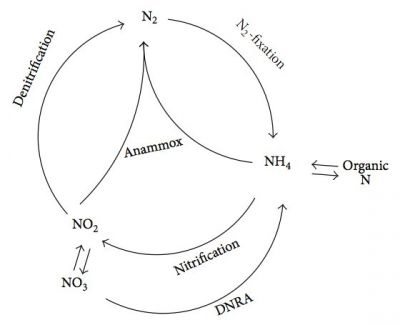Nitrogen cycling in the soil drives global climate effects through its impact on biomass production, climate stability and other major ecosystem services. Enhanced knowledge of how plants can influence the soil nitrogen cycle is vital to better understand this important phenomenon.
The EU-funded PLABIOF (Linking living plant traits to soil biogeochemical functions in ecosystem patches under different land use regimes using an isotope-based assessment) project aims to achieve this by studying how different ecosystems affect nitrogen cycling and soil microorganisms.
Researchers selected for study 192 patches of land under different past and present land management approaches. They first characterised each patch based on the diversity of plants found there.
Once this was complete, PLABIOF installed more than 800 soil cores into these patches. The cores contained specially labelled nitrogen atoms that allow researchers to track the movement of nitrogen in the ecosystem.
Thirteen months later, researchers returned to experimental sites and measured the levels of labelled nitrogen in microorganisms and plants. At the same time, they collected data about plant growth and other ecosystem traits.
PLABIOF will now concentrate on processing this data to better understand the relationship between ecosystem traits and soil nitrogen cycling within that ecosystem. This knowledge will help shape decisions on land use worldwide.

